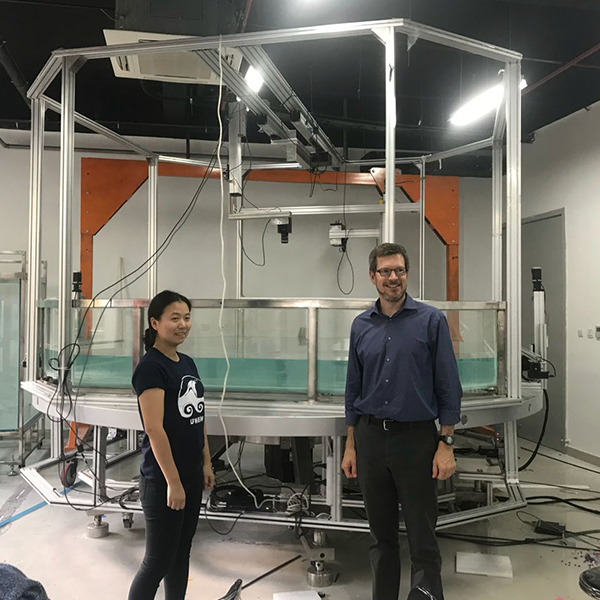-

3-axis Linear Unit Gantry Modular Automation System
A system for palletizing, de-palletizing, stacking, sorting, separating or inserting workpieces into processing machines: With 3 axes and the possibility of individual attachment of gripper systems, the linear unit gantry can handle various individual parts, small load carriers as well as cardbo...Read more -

Portable Crane Gantry System Made of XYZ Positioning Linear Motion Stage
About gantry system A gantry system refers to a structure composed of beams and columns that are used to support various machinery or tools. This system is commonly used in the construction, manufacturing, and transportation industries to move heavy items with ease. A cartesian gantry robot is ...Read more -

Multi-axis modular System for Linear Positioning Stage
The new modular system from FUYU Motion can be used to construct linear, planar and three-dimensional gantries in a short space of time. The linear axis series form the basis for the modular system. The respective CAD data, detailed assembly instructions and matched construction elements make se...Read more -

What is a Modular Cartesian Robots Systems? A newbie-friendly guide
If you’re new to robotic automation, the idea of a Cartesian robot may seem like some tech-speak mumbo jumbo. But don’t worry, we’re here to demystify this concept, and help you understand whether a Cartesian robot is the right choice for your shop floor. A Cartesian robot is a mechanical ...Read more -

Robot Classification by Different Applications
INDUSTRIAL Robots An industrial robot is defined by ISO as an automatically controlled, reprogrammable, multipurpose manipulator programmable in three or more axes. The field of robotics may be more practically defined as the study, design and use of robot systems for manufacturing (a top-level ...Read more -

Brief Statement of CARTESIAN and GANTRY Robots
Define A cartesian coordinate robot (also called linear robot) is an industrial robot whose three principal axes of control are linear (i.e. they move in a straight line rather than rotate) and are at right angles to each other.The three sliding joints correspond to moving the wrist up-down,in-o...Read more -

How to Use Linear Guide Rails and Maintain of Laser Cutting Machine
Many users who have purchased laser cutting machine metal only pay attention to the maintenance of the laser and the laser head of the fiber laser metal cutter. People should pay more attention to the care of the guide rail. What is linear guide rails Linear guides are also called line ra...Read more -

The linear guide rail systems on 3D printer axes
3D printing technology is advancing by leaps and bounds. One moment we are discussing making small toys to entertain children, and the next second we see news that a 3D printer has built a concrete building that can withstand an 8-magnitude earthquake. Given time, “3D printing a 3D printer...Read more -

Linear Guide Rails Selection – Where to start?
If you started to build a machine or a device where you also need linear movement, you quickly come across the question of which linear guide rails would be the most suitable for use. When examining the extremely wide range of guides on the market, where there are many different types of guides,...Read more -

Linear Rails vs Linear Rods Which is best for your application?
What are Linear Rods? Linear rods, often referred to as linear bearing shafts, serve as the backbone of countless linear motion systems across various industries. These essential components work harmoniously with linear bearings or bushings to facilitate smooth and precise movement in a wide ran...Read more -

Linear Guides vs Linear Bushings: Which one is better?
Load Capacity The primary difference between the two is in their load capacities. The linear bushings offer point contact between the balls and the tracks, which results in high-stress concentration. In comparison, there is contact conformity in the linear guides which c...Read more -

How to Use and Maintain of Linear Guide Rails for Laser Cutting Machine
Many users who have purchased laser cutting machine metal only pay attention to the maintenance of the laser and the laser head of the fiber laser metal cutter. People should pay more attention to the care of the guide rail. Now let me introduce you “How To Use Linear Guide Rails”. What is linea...Read more








